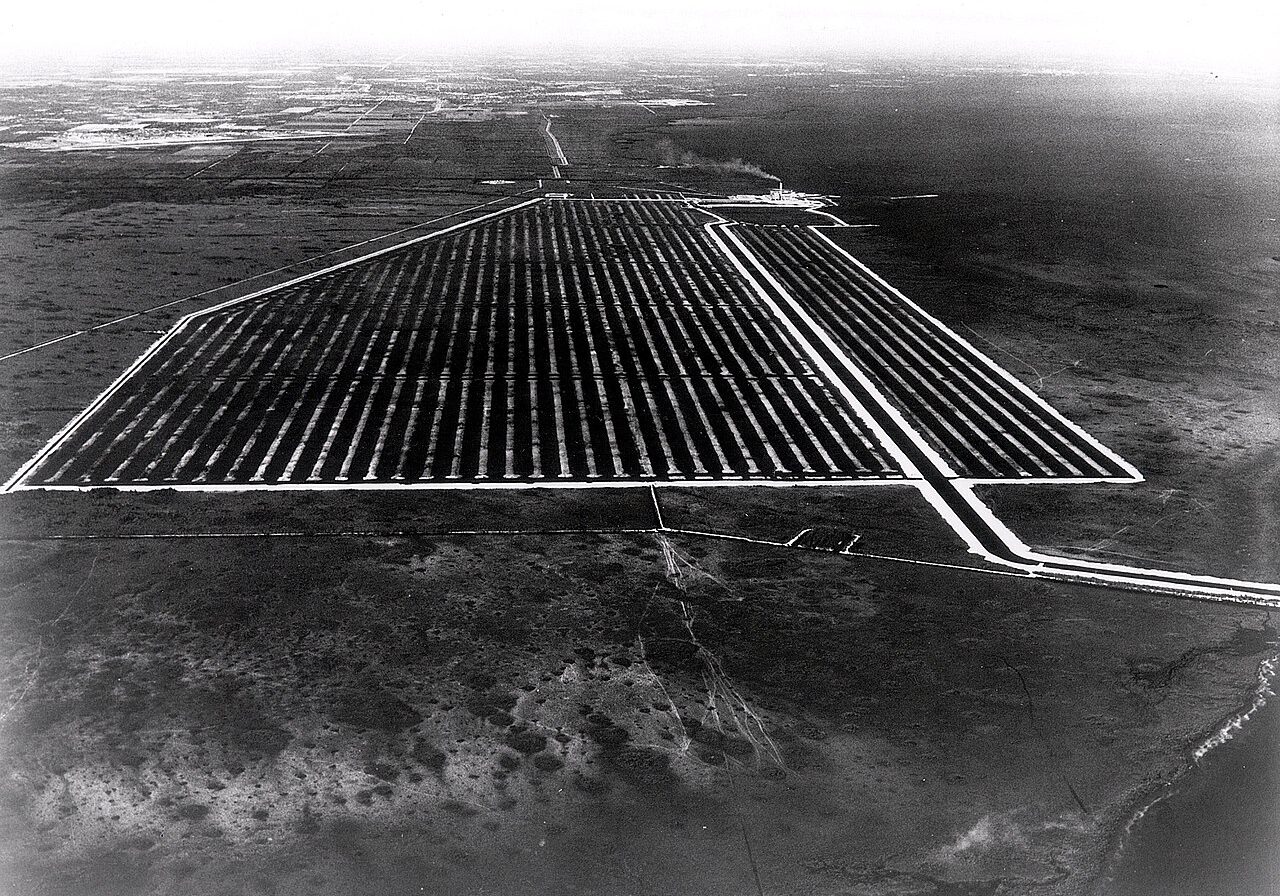FL nuke threatens Miami drinking water supply

Florida’s Turkey Point Nuclear Generating Station Units 3 and 4 are back in the news with “Miami’s Drinking Water Is Threatened by a Florida Nuclear Plant,” Bloomberg News, June 6, 2025 but behind the paywall. It’s about the billions of gallons of water required to cool the large twin nuclear reactors that are located 25 miles south of Miami and directly over the Biscayne freshwater aquifer that supplies the Miami-Dade County area residents with their drinking water.
Like all light water reactors, splitting the atom to boil water to make steam to spin the turbines for the generators and make electricity is extremely inefficient. It’s been recognized for decades that Turkey Point and light water reactors in general are akin to “using a chainsaw to cut butter.” Only 33% of the tremendous amount of heat energy generated by the fission reaction transfers to actually making the electricity. The other 67% of the atomic generated heat must be discharged as thermal waste to safely control the reactors from overheating, damaging thousands of enriched uranium fuel rods and potentially a nuclear meltdown.
More to the specific problem, these Florida commercial power reactors are the only two units in the world that have come to rely upon a uniquely modified, and still flawed, type of closed loop pressurized reactor cooling water system. The reactors’ primary loop exchanges the heat of the superhot (600oF) high-pressure (over 2000 psi) water generated in the reactor pressure vessel with thousands of thin walled tubes for efficient heat transfer that make up a secondary loop in the steam generators. The steam generators drive the turbo-generators where the reactors’ superhot waste water can then condensed and discharged into a circuitous grid system of 169 miles of canals carved into porous, unlined limestone. Roughly, 1.7 billion to 2.7 billion gallons per day of this cooling water discharge circulates through the surface canal system to release heat through evaporation to the atmosphere before returning to the reactors for reuse in the steam generators’ secondary loop.
“Far beneath the surface of the Turkey Point nuclear power plant in south Miami-Dade County, undetected for decades, a giant plume of super salty water has been seeping into the Biscayne Aquifer, the source of our (Miami’s) drinking water,” reports Local10 at WPLG News. The intricate canal system in place now is a makeshift operation after the reactors’ original cooling water system was first commissioned in 1972 and 1973 was approved to discharge its hot water directly into Biscayne Bay. Dumping all that hot water into Biscayne Bay was destroying the fragile marine environment. Florida Power & Light was ordered to replace the original holding pond design responsible for the environmental damage with the canal system (pictured above). In 2011, South Florida Water Management discovered that a “hypersaline plume” was moving from the replacement canal system, seeping through the porous unlined limestone and now migrated into the deep groundwater miles beyond the site boundary.
Local 10 News quotes Miami Waterkeeper’s Rachel Silverstein, who is challenging Turkey Point operations, “‘The water from the cooling canal system has been heated, and all of the salt and other contamination, radioactive isotopes in the water gets very dense,’ said Silverstein. ‘That dense water sinks into the holes in the rock that it’s sitting on top of, and into the groundwater below.’” That groundwater is the Biscayne Aquifer that supplies drinking water for 3 million people. Subsequent lawsuits forced FP&L by court order requiring the Turkey Point operator to fix the water pollution issue. The court gave FP&L 10 years to mitigate the pollution. FP&L now admits that the power company is not going to meet the court order deadline, if ever.
FP&L’s failure to timely remediate its threat to the pollution of Miami’s drinking water pollution is coming to light after an Atomic Safety Licensing Board with the US Nuclear Regulatory Commission (NRC) extended the Turkey Point nuclear power station’s operating license in 2024 by 20-years to 2052. Miami Waterkeeper has appealed the FP&L operating license renewal now currently before the five NRC Commissioners.
[Photo credit: Wikimedia Commons]
Support Beyond Nuclear
Help to ensure a safer, greener and more just world for all

